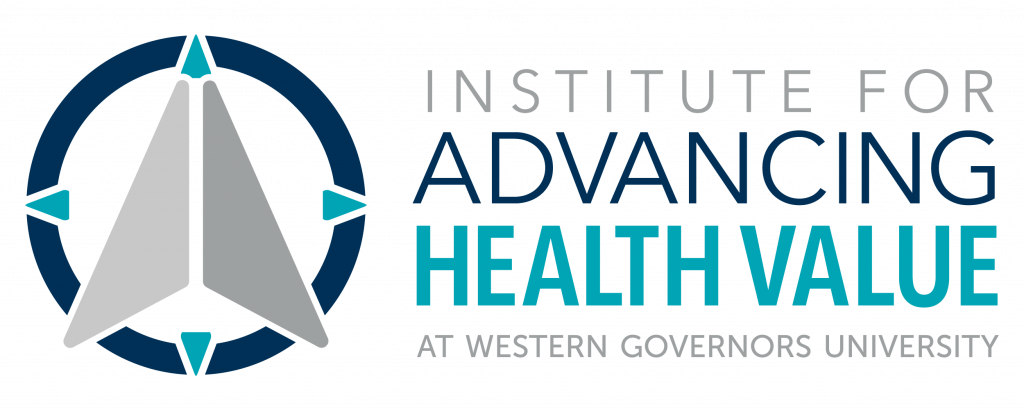Expand Reach Beyond Care Settings – Resource Library
- A Simple Way to Involve Frontline Clinicians in Managing Costs
- Accountable Care Organization Hospitals Differ in Health IT Capabilities
- ACO Beneficiary Engagement Toolkit
- Association of a Care Coordination Model with Health Care Costs and Utilization
- Association of Integrated Team-Based Care with Health Care Quality, Utilization, and Cost
- Breaking Down the Basics of Population Health Management
- Critical Lessons from High-Value Oncology Practices
- Delivering On Accountable Care: Lessons from A Behavioral Health Program To Improve Access And Outcomes
- Housing, Transportation, And Food: How ACOs Seek to Improve Population Health By Addressing Nonmedical Needs Of Patients
- Implementing a Hybrid Approach to Select Patients for Care Management: Variations Across Practices
- Medicaid Managed Care for Members with Mental Health Conditions and/or substance use disorders: Integrating Benefits and Care
- Robert Wood Johnson Foundation: ACO Evaluation
- The Characteristics of Physician Practices Joining the Early ACOs: Looking Back to Look Forward
- The Opportunities and Challenges of the MSSP ACO Program: A Report from the Field
- The Transformation to Value: A Leadership Guide
The following resource(s) may be of value:
- Beyond the EHR: Shifting payment models call for hospital investment in new technology areas
- Camden Group: Top-10 Characteristics of High-performing Healthcare Organizations
- Leveraging Risk Stratification for Population Health Management
- The Evolving Nature of Accountable Care: Results from the 2015 ACO Survey
Health Value Atlas
Expanded Care
Expand Reach beyond Care Settings
Organizational capabilities related to managing experience and outcomes outside of care setting
Note: Some organizational capabilities cross over to other domains. There may also be some degree of capability overlap with Health Equity Advancement, Continuous Quality Improvement, and Health Information Technology domains.
Use non-traditional locations
Deliver care at non-traditional locations
Use non-traditional partners
Deliver care through non-traditional partners, providers, and channels
Support patient self-care
Support patients in meeting their own health needs
Support caregivers
Support caregivers in meeting patient health needs
Provider patient incentives
Motivate positive patient behaviors with incentives
Anticipate health needs
Anticipate and address unspoken or emerging health needs
Educate patients
Educate patients about their health status and care
Engage patients
Engage patients in making informed decisions and participating in their own care
Communicate with providers
Communicate proactively with external providers
Provide home services
Deliver physical care at home as appropriate
Facilitate transportation
Address patients’ transportation barriers to care
Provide virtual services
Provide options for patients to receive services remotely
Automate data access
Automate timely access to data within and from outside the organization
Manage referrals
Manage patient referrals and appointments between providers
Start Over